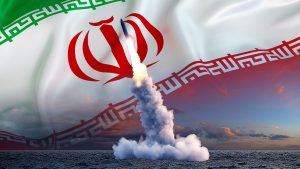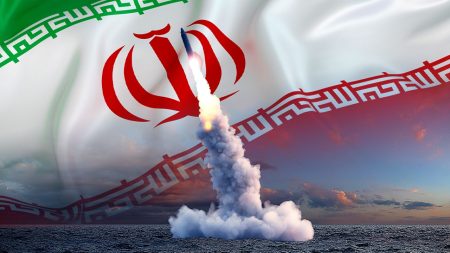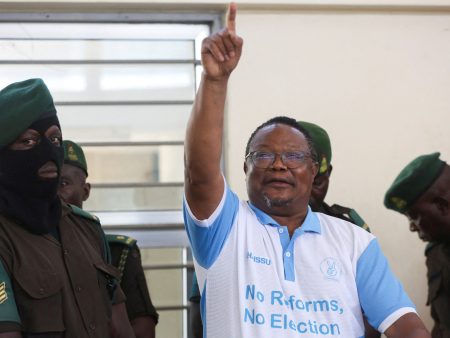The apprehension of Luigi Mangione, a 26-year-old suspect in the murder of UnitedHealthcare CEO Brian Thompson, has brought a sense of closure to the intense manhunt that followed the tragic incident. Mangione’s capture in Altoona, Pennsylvania, was facilitated by an observant McDonald’s employee who recognized him and promptly contacted authorities. This seemingly mundane act of civic duty has raised questions about the substantial reward offered for information leading to the arrest and subsequent conviction of Thompson’s killer. The combined reward offered by the NYPD and FBI totaled $60,000, a significant sum that underscores the gravity of the crime and the determination of law enforcement to bring the perpetrator to justice. However, the process of awarding such rewards is often complex and shrouded in bureaucratic procedures, leaving the McDonald’s employee’s eligibility for the reward uncertain.
The FBI has established specific guidelines regarding the disbursement of reward money, which stipulate that individuals cannot directly nominate themselves for consideration. This protocol requires an investigating agency to put forward the name of the potential recipient, initiating a formal process of evaluation and verification. In this particular case, the McDonald’s employee’s eligibility hinges on whether the NYPD or FBI chooses to champion their claim. The agencies will likely consider factors such as the specificity and timeliness of the tip, its direct contribution to the apprehension of the suspect, and the overall impact on the investigation. Furthermore, the reward money is often contingent upon a successful conviction, meaning that even if nominated, the employee may have to wait until the legal proceedings conclude before receiving any compensation. This stipulation ensures that the reward serves as an incentive for information leading to a definitive resolution of the case.
The bureaucratic hurdles involved in claiming reward money can be substantial, involving extensive paperwork, interviews, and potentially legal challenges. The process is designed to ensure that the funds are distributed fairly and only to those who genuinely contributed to the apprehension and conviction of the offender. However, this complexity can be daunting for ordinary citizens who may lack the resources or legal expertise to navigate the system effectively. In the case of the McDonald’s employee, their role in Mangione’s capture was undoubtedly crucial, but their ability to receive the reward remains dependent on the actions of the investigating agencies and the outcome of the legal proceedings.
The reward money itself serves a dual purpose: it incentivizes public cooperation in criminal investigations and acknowledges the valuable contributions of individuals who assist law enforcement. In high-profile cases like the murder of Brian Thompson, the publicity surrounding the reward can generate valuable leads and expedite the apprehension of suspects. The $60,000 offered in this case reflects the seriousness of the crime and the urgency with which authorities sought to bring the perpetrator to justice. While the financial incentive can be a motivating factor, it is often the sense of civic duty and the desire to contribute to the safety of the community that drives individuals to provide information to law enforcement.
The uncertainty surrounding the McDonald’s employee’s eligibility for the reward highlights the complex interplay between public participation in criminal investigations and the bureaucratic procedures that govern the distribution of reward money. While the employee’s vigilance played a crucial role in Mangione’s capture, the ultimate decision rests with the investigating agencies and the judicial system. The case underscores the importance of clear communication and transparency in the reward process to ensure that those who provide valuable assistance are appropriately recognized and compensated.
The arrest of Luigi Mangione marks a significant step towards justice for Brian Thompson and his family. The circumstances surrounding Mangione’s capture, the subsequent questions about the reward money, and the complexities of the reward process itself offer a glimpse into the multifaceted nature of criminal investigations and the challenges of balancing public participation with bureaucratic procedures. As the legal proceedings unfold, the focus will shift from the manhunt to the pursuit of justice and the determination of Mangione’s culpability in Thompson’s murder. The McDonald’s employee’s role, while seemingly brief, remains a pivotal point in the narrative, highlighting the power of ordinary citizens to contribute to the apprehension of criminals and the ongoing debate about how best to recognize and reward such contributions.










